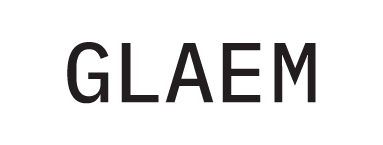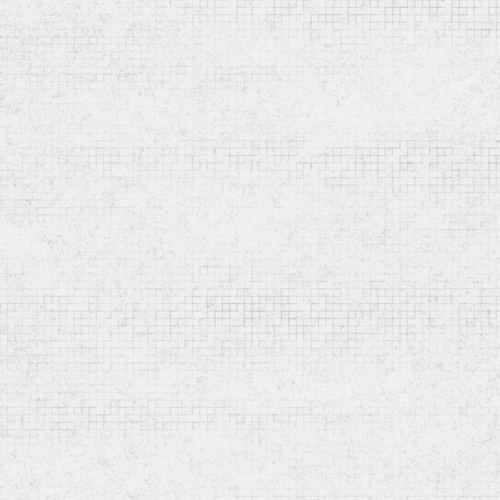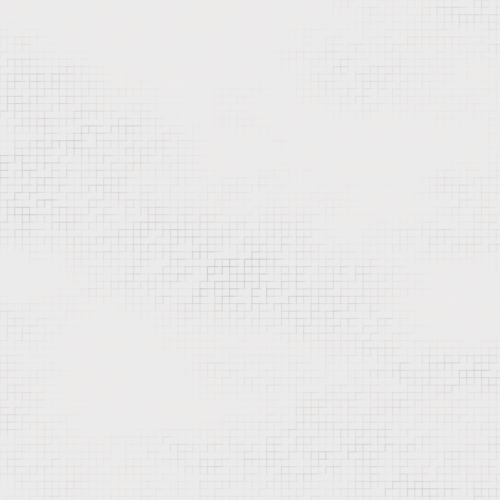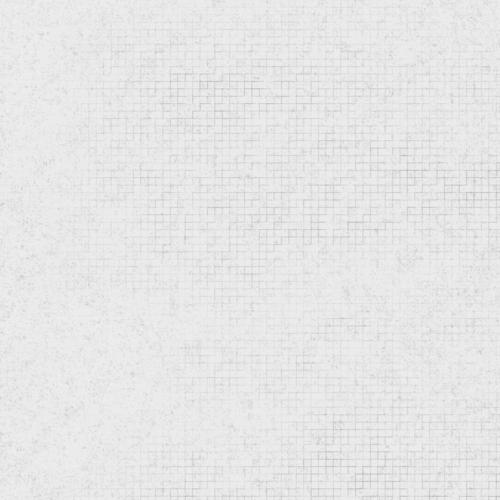I’ve been working on creating some procedural paper textures for my artwork to give it more depth. This is my first one, which I’m calling “Dirty Graph.”
The basic idea is that I loop through all the x,y pixels of the page and create rectangles with noise applied to the strokes to get the faded grid (you can read more about looping through pixels here: processing.org/tutorials/pixels). Then, I generate points on top using a texture algorithm that I’ve been developing by studying the grain patterns of different handmade and watercolor papers.
Here are some samples with and without the texture points applied:
What do you think? I’d love to know!




1 Comment
I love this for a bunch of reasons, not the least of which is getting away from that grey default canvas – having some texture there makes whatever work you generate on top of it feel approachable and grounded. I also love that it makes the work feel “plausible” – as though if you had lots of free time you could physically draw out all the lines and recs and curves following the same algorithm to get the same result.
Have you continued to explore this? I noticed some of your NFTs have little ink drips and splatters on them, which look amazing.
It would be interesting to generate some texture using the pnoise function, or to have a little printed element in a corner with a bit of an offset layering glitch to sell it as a printed pad.